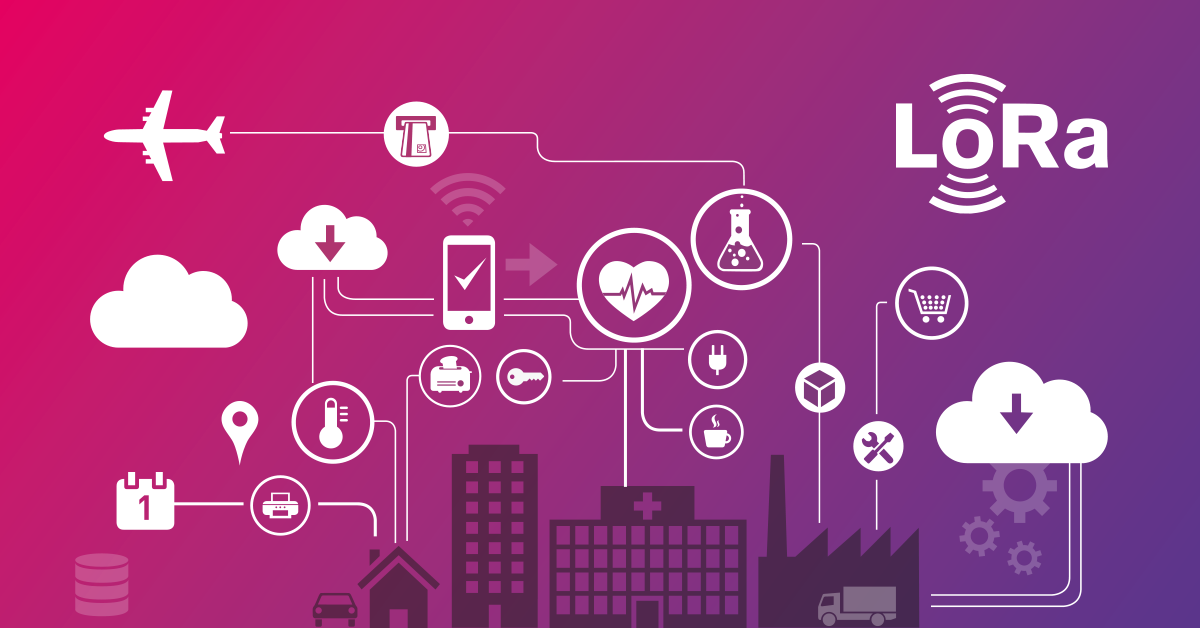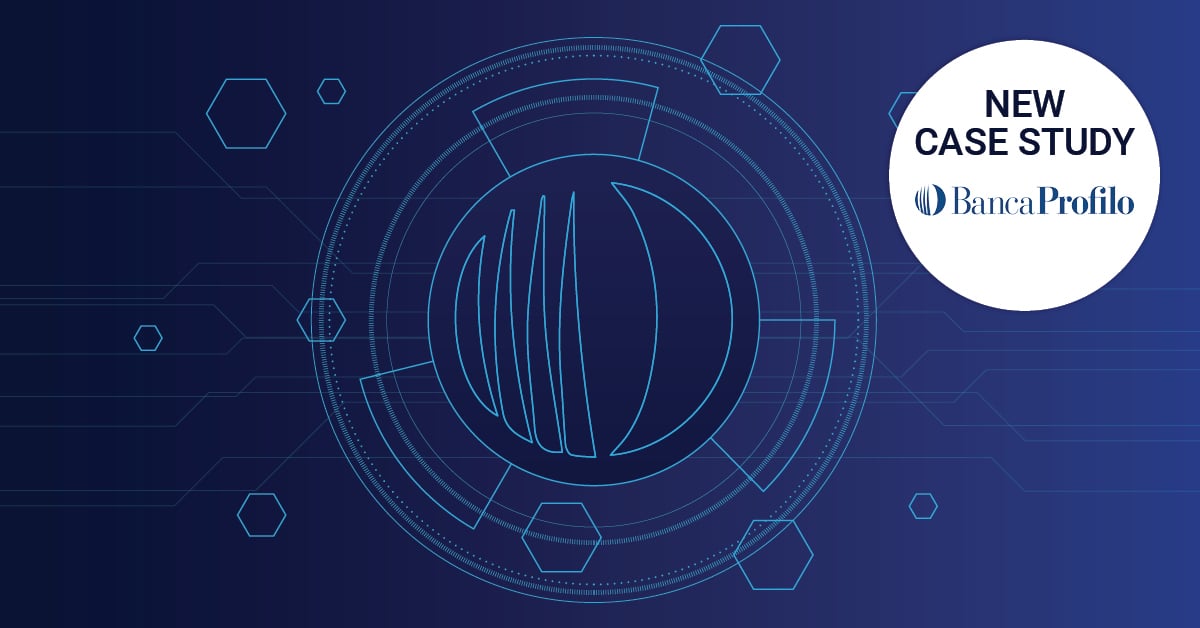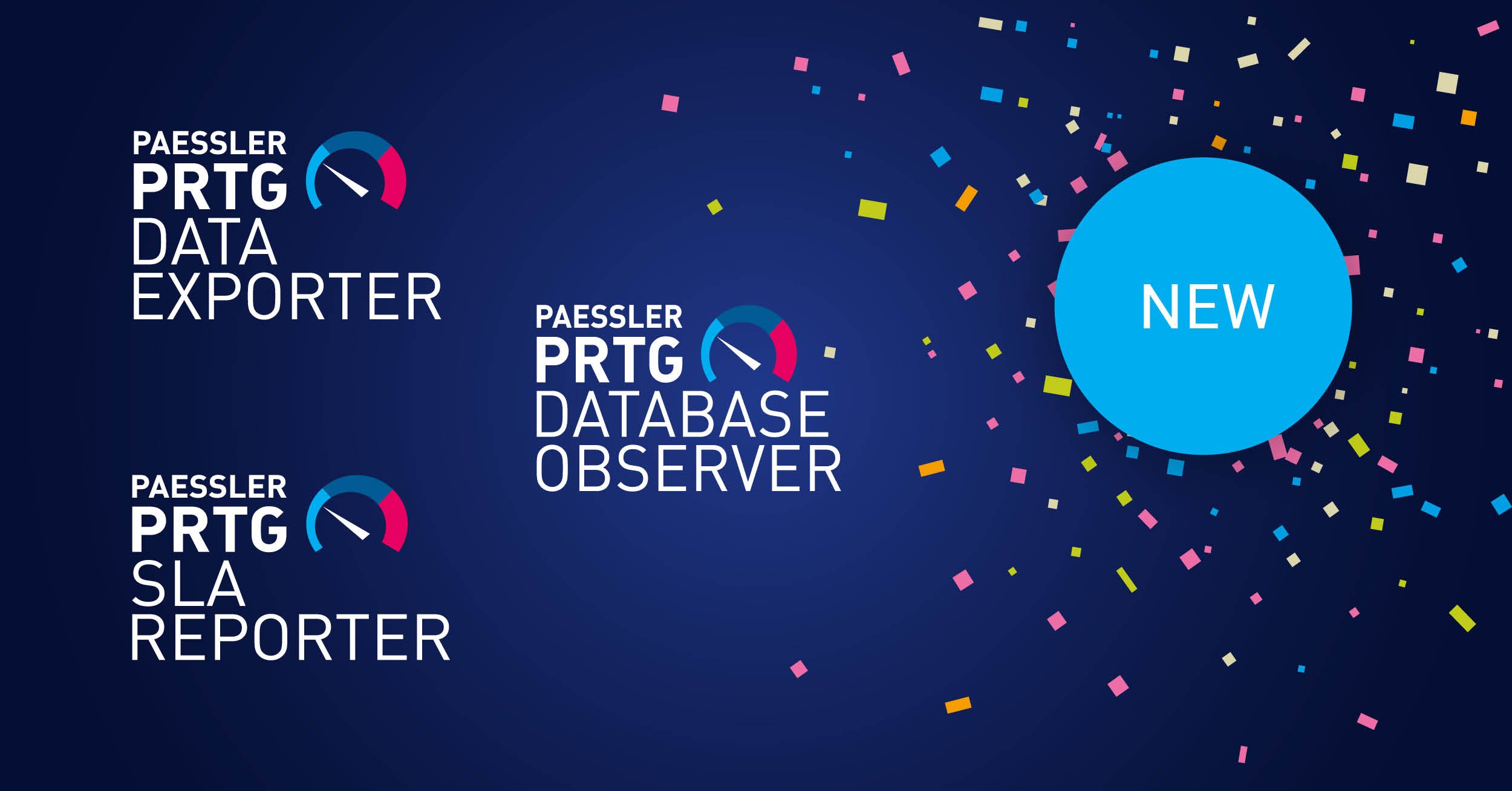IoT is the trend word of recent years and we would like to introduce the terms and technologies behind it on our blog. We have already written a lot about the connection technology Sigfox. LoRa(WAN) is yet another smart, energy-efficient technology, and in this two-part blog series, we're going to get to the bottom of the term Lora(WAN) and highlight some of the possible trends that could result from it.
LoRa, which stands for Long Range, is a low power wide area network (LPWAN) wireless communication technology that enables Internet of Things (IoT) devices and sensors to communicate with each other over long distances while maintaining low power consumption. LoRa was created in 2009 by Semtech and uses a modulation technique called Chirp Spread Spectrum (CSS) to achieve its long-range, low-power characteristics.
With LoRa, battery-powered devices can transmit data over distances of up to 15 kilometers (9 miles) in rural areas and remote areas while maintaining long battery life measured in years, making it cost-effective for IoT applications that require wide-area coverage and infrequent data transmission, such as environmental monitoring, agricultural sensors, smart cities infrastructure, and more.
In this article, we'll dive into everything you need to know about LoRa technology – from the basics to more advanced topics like LoRaWAN technology and network monitoring. We'll also provide some helpful tips and best practices for getting started with your own LoRa projects.
So whether you're a developer looking to build your first IoT devices or an engineer trying to decide if LoRa is right for your next project, read on to learn everything you need to know about this exciting technology!
How Does LoRa Technology Work? Definition and Basic Principles
LoRa technology forms the foundation of modern IoT infrastructure, enabling everything from smart cities sensors to smart agriculture monitoring systems. Understanding LoRa vs LoRaWAN is crucial for anyone working with IoT solutions implementations.
LoRa itself is not a communication protocol, but rather a special type of radio wave encoding called modulation. By using LoRa modulation, IoT devices can communicate with each other over long distances with minimal energy consumption and interference from other radio signals like Wi-Fi, Bluetooth, and cellular networks.
Key LoRa Characteristics:
• Long Range: Up to 15km in rural areas, 2-5km in urban environments
• Low Power: Battery-operated can operate on battery for 10+ years
• Low Data Rate: 0.3-50 kbps depending on configuration
• Secure: AES-128 encryption built into LoRaWAN protocol
• Scalable: Single gateway can handle thousands of end devices with excellent scalability
How Does LoRa Work? Technical Overview for Beginners
LoRa uses a patented modulation technique called Chirp Spread Spectrum (CSS). This technology spreads signals across multiple frequency bands (ISM bands at 868 MHz in Europe and 915 MHz in North America), making them more resistant to interference and enabling long range communication with minimal power consumption and low latency.
The technology follows this trade-off principle: more range = more power. However, LoRa breaks this traditional limitation by using innovative signal processing that maintains long range while keeping power consumption extremely low-cost and efficient.
LoRa Technical Specifications:
|
Parameter |
LoRa |
NB-IoT |
Sigfox |
|
Range |
Up to 15km |
Up to 10km |
Up to 12km |
|
Data Rate |
0.3-50 kbps |
Up to 200 kbps |
0.1 kbps |
|
Battery Life |
10+ years |
5-10 years |
10+ years |
|
Network Type |
Private/Public |
Cellular |
Public |
LoRa vs LoRaWAN: Understanding the Key Differences
Many people confuse LoRa with LoRaWAN, but they serve different purposes:
LoRa is the physical layer - the radio modulation technique that enables long-range, low-power communication.
LoRaWAN is the network protocol that runs on top of LoRa, providing features like:
• Device authentication and security
• Network management and routing
• Application data handling
• Over-the-air device updates
Think of LoRa as the "language" end devices use to communicate, while LoRaWAN is the "conversation rules" that organize how that communication happens across a LoRaWAN network with gateways, network servers, and application servers.
Real-World LoRa Applications and Use Cases
LoRa technology has found applications across numerous industries:
Smart Agriculture:
• Soil moisture and temperature monitoring
• Livestock tracking and health monitoring
• Automated irrigation systems
• Weather station data collection
Smart Cities:
• Air quality monitoring
• Smart parking systems
• Waste management optimization
• Street lighting control
Industrial IoT:
• Asset tracking and management
• Predictive maintenance sensors
• Environmental monitoring
• Supply chain optimization
Market Growth: According to the LoRa Alliance 2024 End of Year Report, there are more than 350 million end nodes and 6.9 million gateways with LoRa ICs deployed worldwide across the ecosystem. The LoRa IoT market is projected to grow from $8.0 billion in 2024 to $32.7 billion by 2029, driven by network operators and service providers.
Monitoring LoRa Networks with PRTG IoT Sensors
PRTG Network Monitor provides comprehensive monitoring capabilities for LoRa-based IoT networks through specialized sensors designed for IoT devices management and optimization:
HTTP IoT Push Data Advanced Sensor: This sensor receives data from IoT devices (including LoRaWAN devices and LoRaWAN sensors) that push information via HTTPS requests to PRTG. It supports TLS 1.3 encryption and provides secure communication for LoRaWAN gateways data transmission with end-to-end security.
HTTP Push Count Sensor: Perfect for monitoring the frequency of LoRa device communications, this sensor counts messages received from your LoRaWAN network, helping you track device connectivity and data transmission patterns with payload analysis.
Key PRTG Features for LoRa Monitoring:
• Real-time tracking of IoT monitoring device connectivity
• Automated alerts for device disconnections
• Historical data analysis for network monitoring performance optimization
• Integration with existing network monitoring infrastructure
• Support for SNMP traps and custom notifications
💡 Key Insight: LoRa networks can reach up to 15km range with minimal power consumption, making them ideal for large-scale IoT deployments that require long-term, maintenance-free operation.
Getting Started with LoRa Implementation
When planning your LoRa deployment, consider these essential steps:
-
Assess Your Requirements: Determine range, data rates, and battery life needs
-
Choose Network Architecture: Private vs. public LoRaWAN network
-
Select Hardware: Gateways, end devices, and sensors
-
Plan Network Coverage: Gateway placement and signal propagation
-
Implement Monitoring: Set up PRTG sensors for network oversight and real-time monitoring
Ready to monitor your IoT and LoRa networks effectively? Download PRTG's free trial to experience comprehensive IoT device monitoring with specialized sensors designed for modern wireless technologies.
👉 Start your free PRTG trial today!
Conclusion
LoRa technology represents a significant advancement in IoT communication, offering the perfect balance of range, power efficiency, and scalability. As the IoT market continues to expand, understanding LoRa and implementing proper monitoring solutions becomes crucial for successful deployments.
Whether you're implementing smart cities infrastructure, agricultural monitoring systems, or industrial IoT solutions, LoRa provides the reliable, long-range communication foundation your projects need.
Explore PRTG's full range of IoT monitoring capabilities and see how our HTTP IoT Push sensors can streamline your LoRa network management.
 Published by
Published by 


.jpg)








